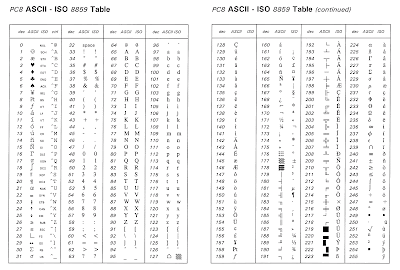What is Data Privacy?
Data Privacy refers to the protection of personal and sensitive information from unauthorized access, use, or disclosure. It focuses on ensuring that individuals have control over their own data and that their personal information is handled in a manner that respects their privacy and complies with relevant laws and regulations.
Key Aspects of Data Privacy:
- Control: Individuals should have control over how their personal data is collected, used, and shared.
- Consent: Data should be collected and processed only with the individual's informed consent.
- Transparency: Organizations should be transparent about their data collection practices and how data is used.
- Rights: Individuals should have the right to access, correct, and delete their personal data.
Example:
- Personal Information: Data privacy involves ensuring that personal details such as names, addresses, and financial information are protected and not misused by organizations or third parties.
b) Can Security Mechanisms Alone Protect Data Privacy? Explain Your Answer.
No, security mechanisms alone cannot fully protect data privacy. Here’s why:
Complementary Role of Privacy and Security:
- Different Objectives: Data privacy and data security, while related, have different objectives. Security mechanisms focus on protecting data from unauthorized access and breaches (e.g., encryption, access controls), whereas privacy is about how data is collected, used, and shared in accordance with individuals’ rights and preferences.
- Security Mechanisms: These include technical controls like encryption, firewalls, and authentication measures, which protect data from breaches and unauthorized access. However, they do not inherently address issues related to consent, transparency, and the lawful use of data.
Regulatory and Policy Requirements:
- Legal Compliance: Data privacy is governed by laws and regulations (e.g., GDPR, CCPA) that require organizations to follow specific practices regarding data collection, consent, and user rights. Security mechanisms alone do not ensure compliance with these legal requirements.
- Policies and Procedures: Organizations need to implement policies and procedures that address data privacy issues, such as data handling practices, user consent, and transparency, which go beyond what security mechanisms can achieve.
User Awareness and Consent:
- Informed Consent: Privacy involves obtaining informed consent from individuals before collecting or processing their data. Security mechanisms cannot enforce consent or manage privacy preferences; this requires clear communication and policies that respect users' rights.
- Transparency: Privacy also requires transparency about how data is used and shared. Security measures do not address the need for organizations to be transparent and accountable for their data practices.
Data Lifecycle Management:
- Data Collection and Retention: Privacy involves managing data throughout its lifecycle, including how it is collected, stored, used, and deleted. While security mechanisms protect data at rest and in transit, they do not manage the entire data lifecycle or address issues like data retention and deletion practices.
Summary:
- Data Privacy: Focuses on control, consent, transparency, and the lawful handling of personal information.
- Security Mechanisms: Protect data from unauthorized access and breaches but do not address privacy concerns like consent, transparency, and legal compliance.
- Complementary Approach: Effective data privacy protection requires both robust security mechanisms and comprehensive privacy policies and practices that address consent, transparency, and legal requirements.


Ulasan